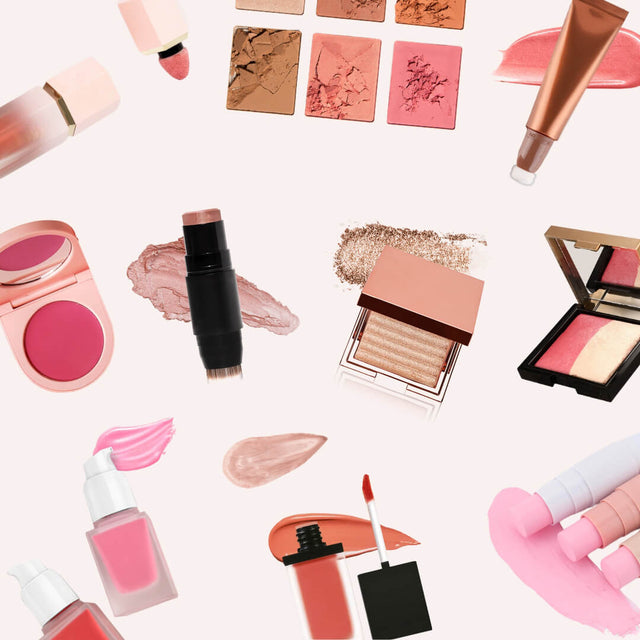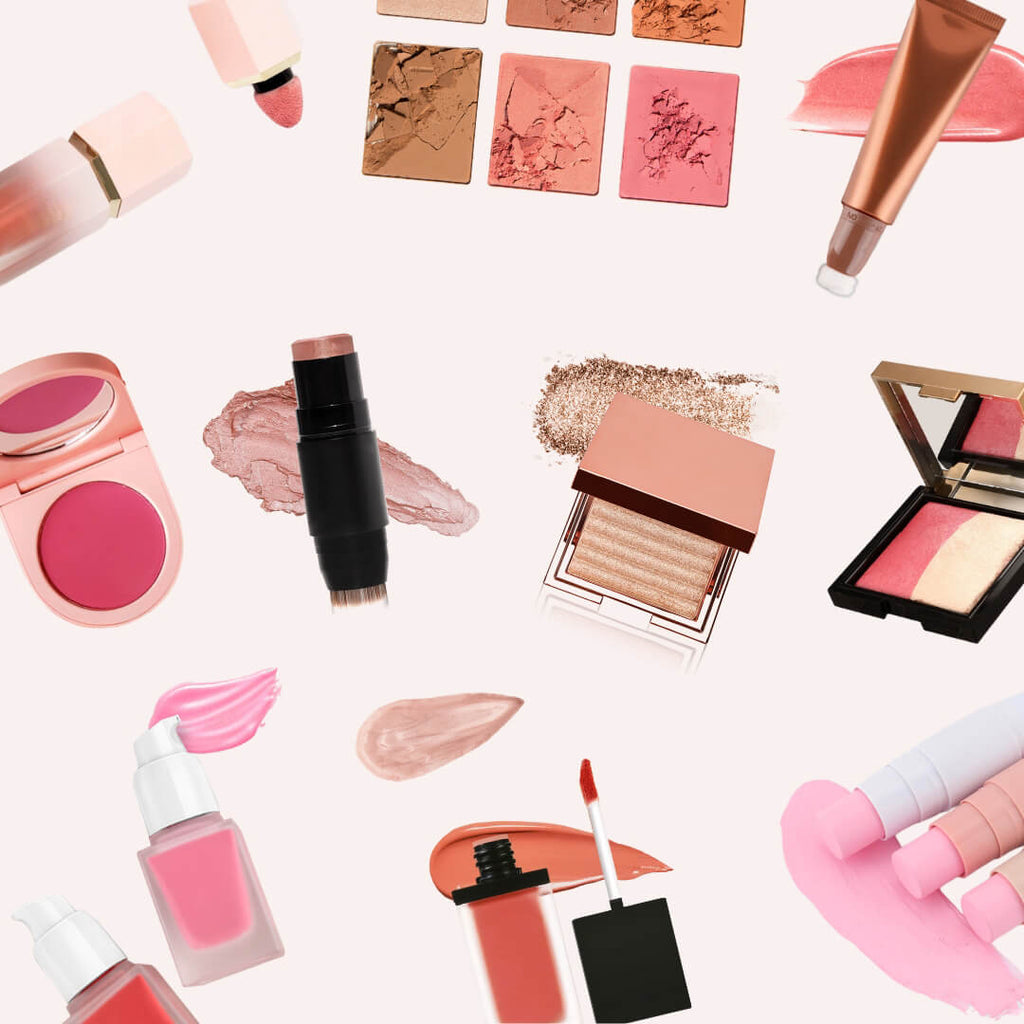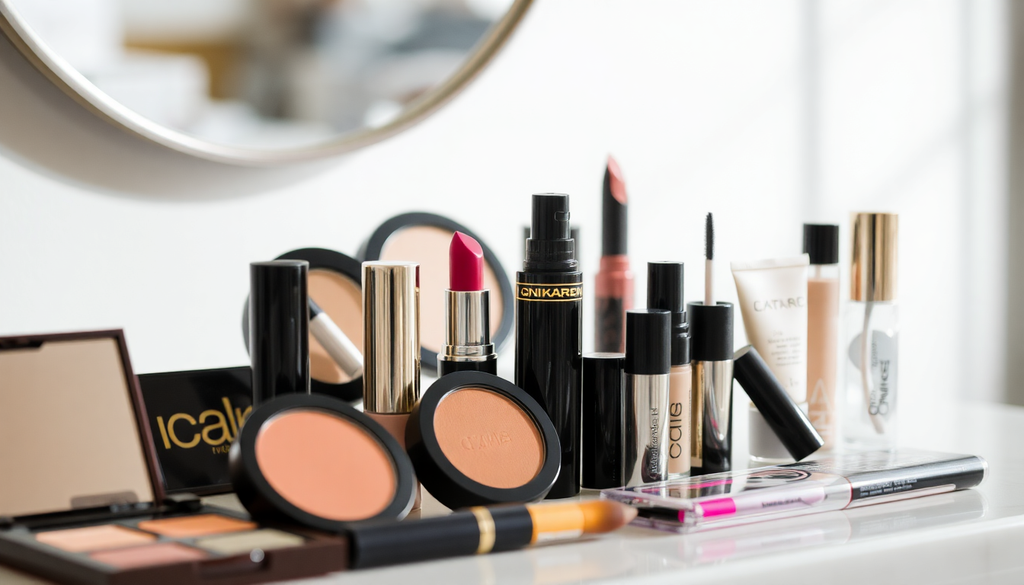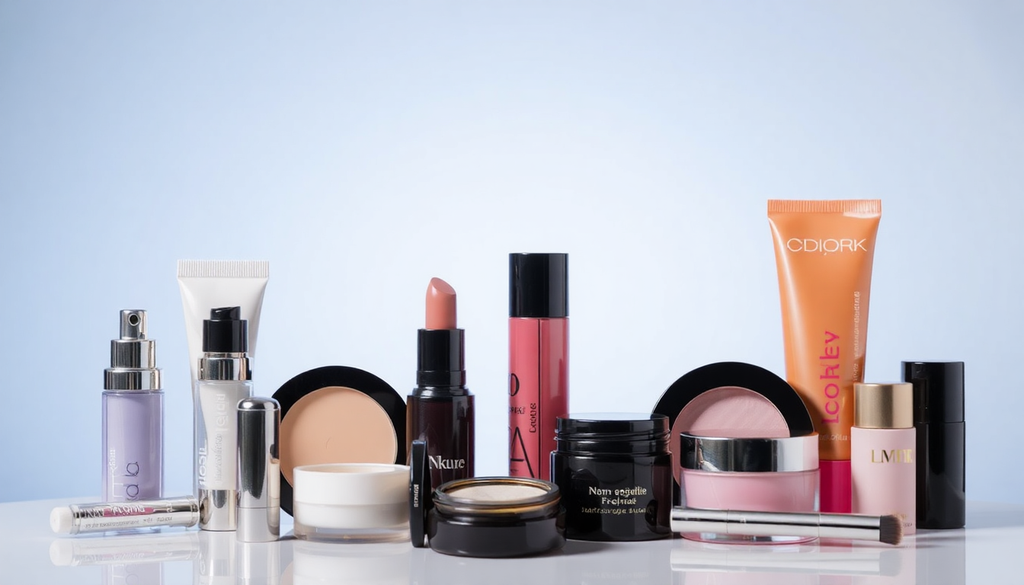
Navigating the Global Makeup Market in 2025: Essential Steps for Launching Your Brand from Custom Eyeshadow Palettes to Magnetic Lashes in Key Markets
Introduction
As we enter 2025, the global makeup market presents a vibrant landscape filled with opportunities for beauty entrepreneurs ready to make their mark. With shifts towards personalization, sustainability, and inclusivity, the beauty industry is evolving at a remarkable pace. Launching a makeup brand today requires more than just creativity; it demands a comprehensive understanding of market dynamics, consumer preferences, and regulatory landscapes across different regions.
This guide aims to provide aspiring beauty entrepreneurs with essential steps to successfully launch their makeup brands, from custom eyeshadow palettes to magnetic lashes. We'll explore critical factors such as market analysis, product development, regulatory compliance, e-commerce setup, and effective marketing strategies aimed at key markets around the world.
1. Understanding Key Markets
The first step in launching your makeup brand is to understand the key markets where you want to establish your presence. Each market comes with its own unique consumer preferences, regulations, and competitive landscapes:
- United States: The U.S. is a leader in the global beauty market, with a strong emphasis on clean and cruelty-free products. Research indicates that consumers are increasingly seeking transparency in ingredients and ethical sourcing. Brands that prioritize sustainability and social responsibility tend to resonate more with American consumers.
- China: The Chinese cosmetics market is experiencing exponential growth, driven by a young, tech-savvy population. However, it is crucial to navigate complex regulations regarding product safety and testing. China mandates animal testing for most imported cosmetics, so brands must either comply or consider formulating products domestically.
- European Union: The EU is known for its stringent regulations on cosmetic safety and labeling. Understanding the Cosmetic Regulation (EC) No 1223/2009 is essential for compliance. Brands must ensure that their products are safe for consumers and that they provide clear ingredient disclosures. Additionally, the EU market is gravitating towards vegan and sustainable products, making it a great opportunity for brands that align with these values.
- India: India’s beauty market is booming, particularly among millennials and Gen Z consumers. The demand for vibrant colors and traditional ingredients is high. However, brands must navigate local regulations, including the need for Bureau of Indian Standards (BIS) certification for certain products. A growing trend in India is the rise of Ayurvedic cosmetics, which blends traditional ingredients with modern formulations.
- Brazil: Brazil presents a unique opportunity for makeup brands, influenced by a mix of local culture and global trends. Brazilian consumers often favor bold colors and innovative products. Understanding local beauty rituals and preferences can help brands tailor their offerings effectively. Additionally, the Brazilian market is increasingly focusing on inclusivity, making it essential to offer a diverse range of shades.
- Japan: Japan’s beauty market is characterized by high-quality formulations and innovative products. Japanese consumers are known for their meticulous attention to detail, making it crucial for brands to emphasize quality and efficacy. The K-beauty trend has also influenced Japan, with many consumers seeking products that incorporate skincare benefits.
2. Product Development: Customization is Key
In a saturated market, the ability to offer unique and customizable products can set your brand apart. Here are some innovative product development ideas:
- Custom Eyeshadow Palettes: Personalized palettes allow customers to choose shades that resonate with their individual styles. Offering an online tool for customization can enhance the shopping experience and create a sense of ownership.
- Magnetic Lashes: With the convenience of magnetic lashes on the rise, providing a range of styles—from natural to dramatic—can cater to diverse customer preferences. Consider offering complementary products, such as lash applicators and cleaning kits.
- Specialty Formulations: Explore unique ingredients that align with current trends, such as CBD oil for its calming properties or probiotics for skin health. Incorporating such elements can differentiate your products and attract trend-savvy consumers.
- Eco-Friendly Packaging: Consumers are increasingly conscious of their environmental impact. Utilize biodegradable or recyclable packaging materials to appeal to eco-conscious buyers.
- Inclusive Shades: Ensure your foundation and concealer lines cater to a wide range of skin tones. Inclusivity in product offerings is not just a trend; it’s becoming a standard expectation among consumers.
3. Navigating Regulations and Certifications
Each market has specific regulations that must be adhered to for successful entry. Here’s a breakdown of essential compliance factors:
- Labeling Regulations: Ensure that your products have labels that comply with local language requirements and ingredient disclosure laws. Incorrect labeling can lead to fines and product recalls.
- Import Policies: Research tariffs and import regulations for each market. In some regions, you may face high import duties, which can affect pricing strategies. It’s advisable to work with a local distributor who understands the market.
- Certifications: Obtaining certifications like Good Manufacturing Practices (GMP) or organic certifications can enhance your brand's credibility. These certifications are particularly important in markets like the EU and the U.S.
- Safety Testing: Ensure that your products undergo rigorous safety testing to meet local regulations. Consider working with certified laboratories to verify product safety and efficacy.
4. Setting Up Your Online Store
In today’s digital age, an online presence is crucial for reaching global consumers. Here are detailed steps to set up your e-commerce platform:
- Choose the Right E-commerce Platform: Consider platforms like Shopify, WooCommerce, or BigCommerce that are designed for beauty brands. Look for features that support international sales, multiple currencies, and easy inventory management.
- Optimize for SEO: Conduct keyword research related to your products to enhance visibility in search engine results. Use tools like Google Keyword Planner to identify relevant keywords and incorporate them into your website content.
- Localization: Tailor your website content to resonate with local audiences. This includes language translations, cultural references, and payment options that cater to specific regions.
- User Experience: Design a user-friendly interface that makes it easy for customers to navigate your site. High-quality images and detailed product descriptions are essential for online shopping.
- Mobile Optimization: Ensure that your website is mobile-friendly, as a significant portion of consumers shop on their smartphones. A seamless mobile experience can significantly increase conversion rates.
5. Marketing Strategies for Global Reach
To effectively market your brand in various regions, implement these comprehensive strategies:
- Social Media Marketing: Leverage platforms like Instagram, TikTok, and YouTube, where beauty influencers thrive. Collaborate with local beauty influencers to enhance brand visibility and credibility. Consider running targeted ad campaigns to reach specific demographics.
- Content Marketing: Create engaging content that showcases your products and values. This can include tutorials, beauty tips, and user-generated content. Utilize blogs and video content to educate consumers about your brand and its offerings.
- Email Marketing: Build a subscriber list and provide exclusive offers, early access to new collections, and personalized recommendations to encourage repeat purchases. Segment your audience for more targeted campaigns.
- Influencer Collaborations: Partner with influencers in different markets to create authentic content that resonates with their audiences. This can help in building trust and increasing brand awareness.
- Promotions and Discounts: Run promotional campaigns, especially during holiday seasons or local festivities, to attract new customers. Consider bundle deals or limited-time offers to create urgency.
6. Building a Community Around Your Brand
Creating a loyal customer base is essential for long-term success. Here are ways to build a community:
- Engage with Customers: Encourage customer feedback and actively respond to inquiries on social media and your website. Engaging with your audience fosters a sense of community.
- Host Events: Consider hosting virtual or in-person events, such as makeup tutorials or product launches, to connect with your audience on a personal level.
- Loyalty Programs: Implement a rewards program to incentivize repeat purchases. Offering points for purchases, referrals, or social media shares can enhance customer loyalty.
- Brand Storytelling: Share your brand’s story and values through your marketing channels. Authentic storytelling can create an emotional connection with consumers and foster brand loyalty.
Conclusion
Launching a makeup brand in 2025 is an exciting venture filled with opportunities for creativity and innovation. By understanding key markets, ensuring compliance with regulations, offering customized products, setting up an effective online store, and implementing strategic marketing, you can carve a niche for your brand in the competitive beauty landscape. Embrace the trends and the unique preferences of each market to build a successful global makeup brand that resonates with consumers everywhere.




